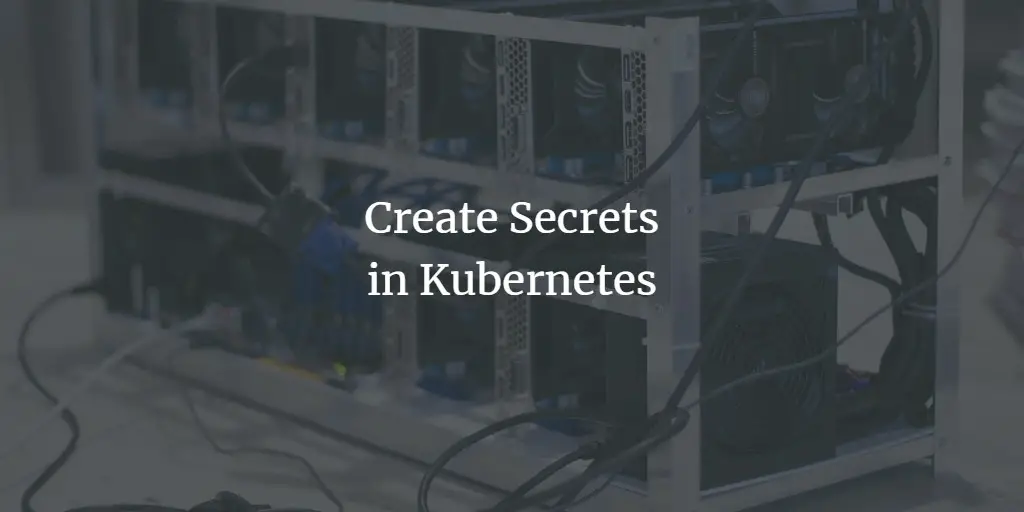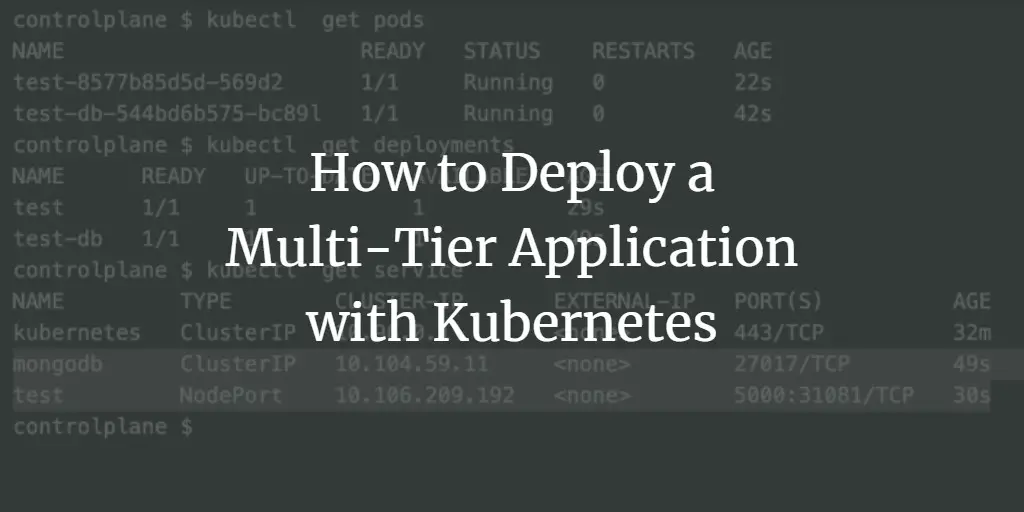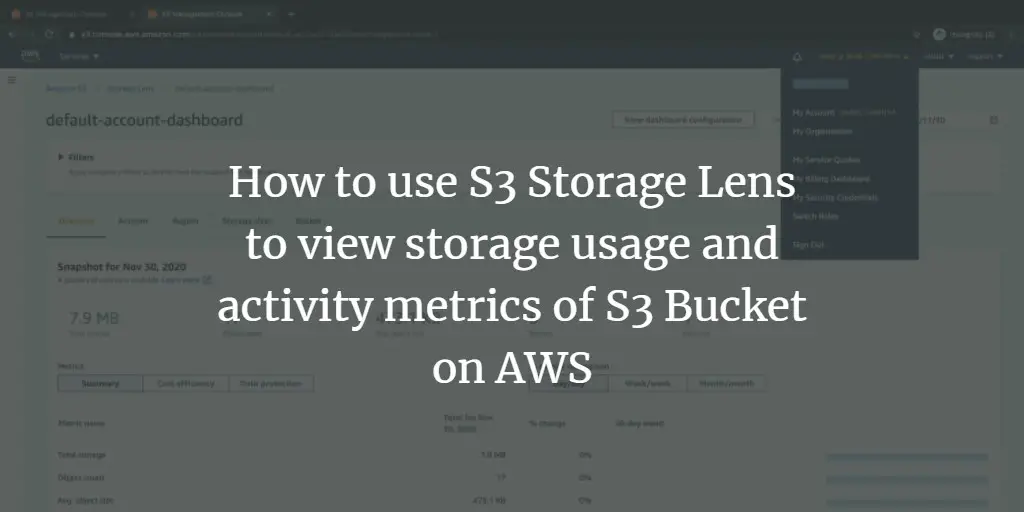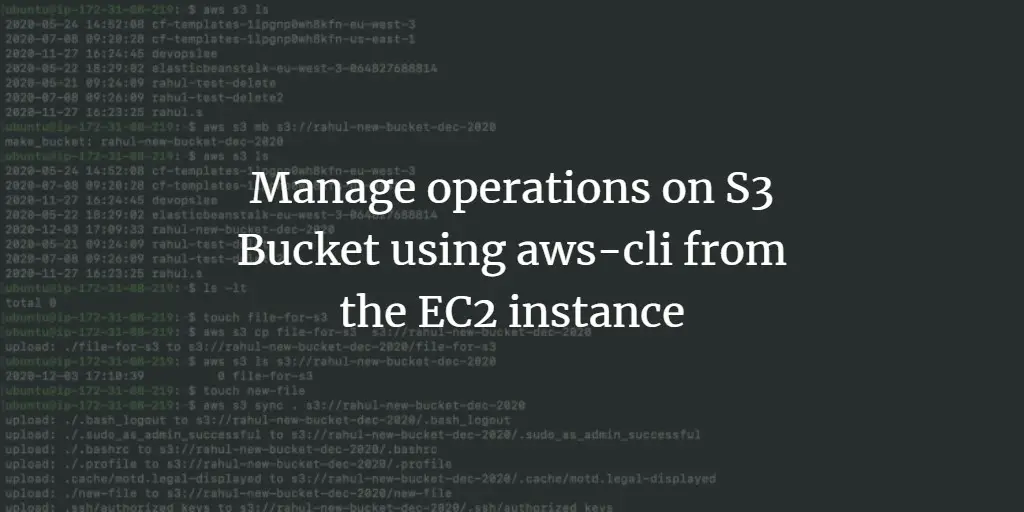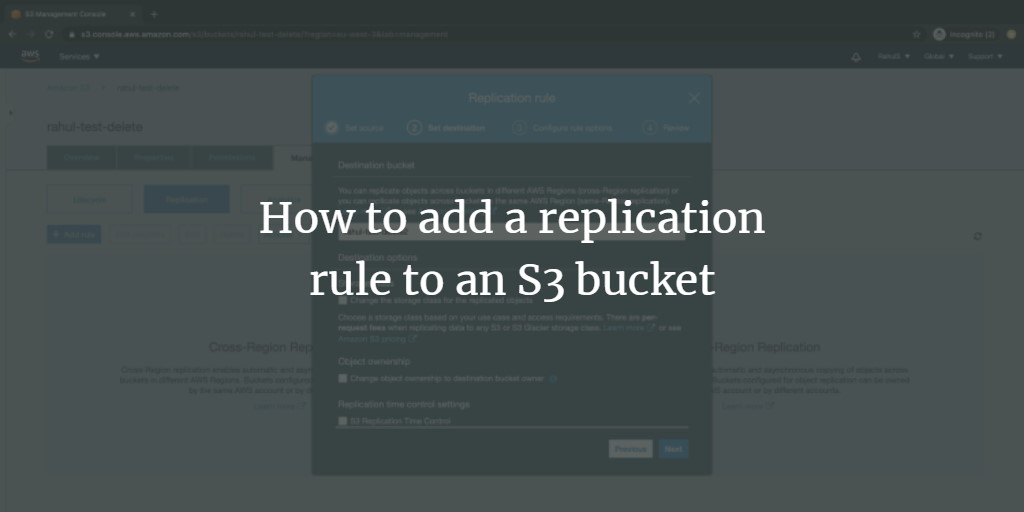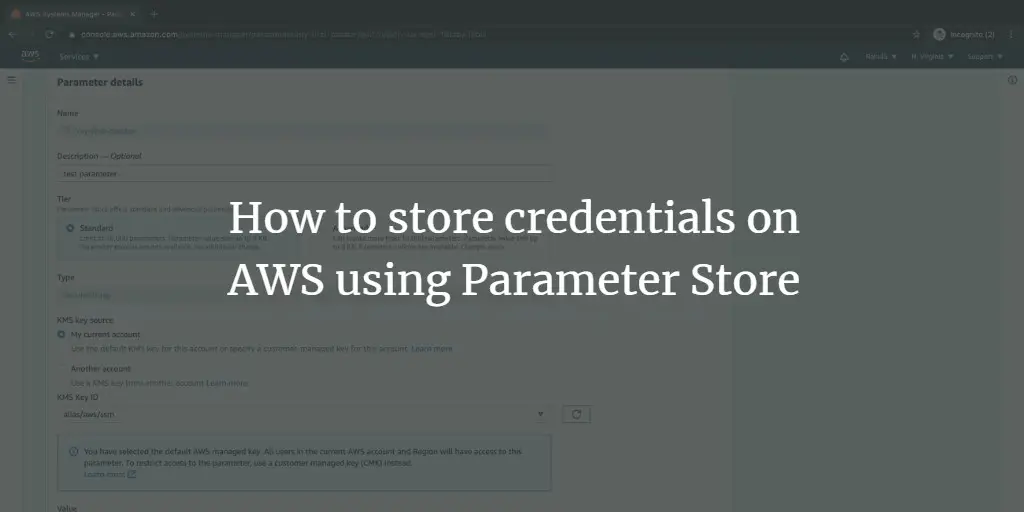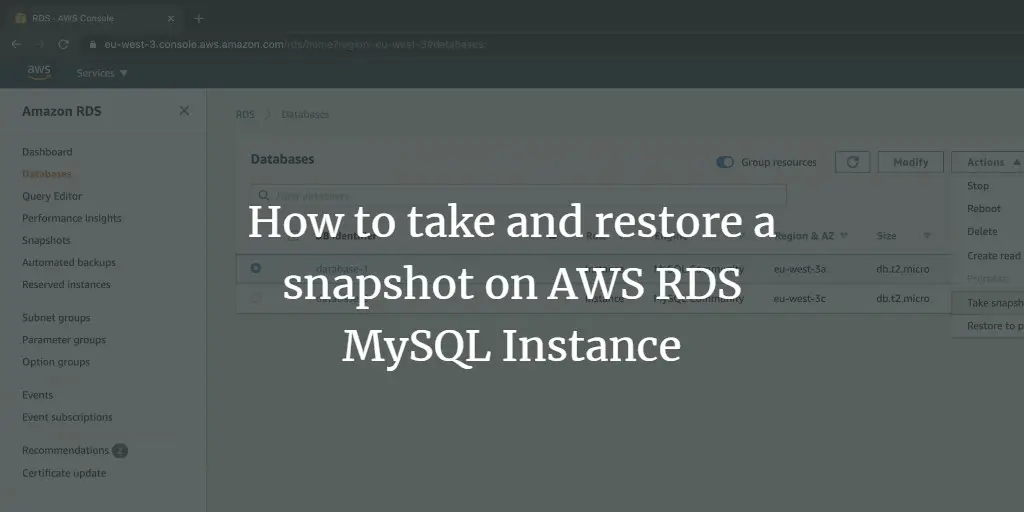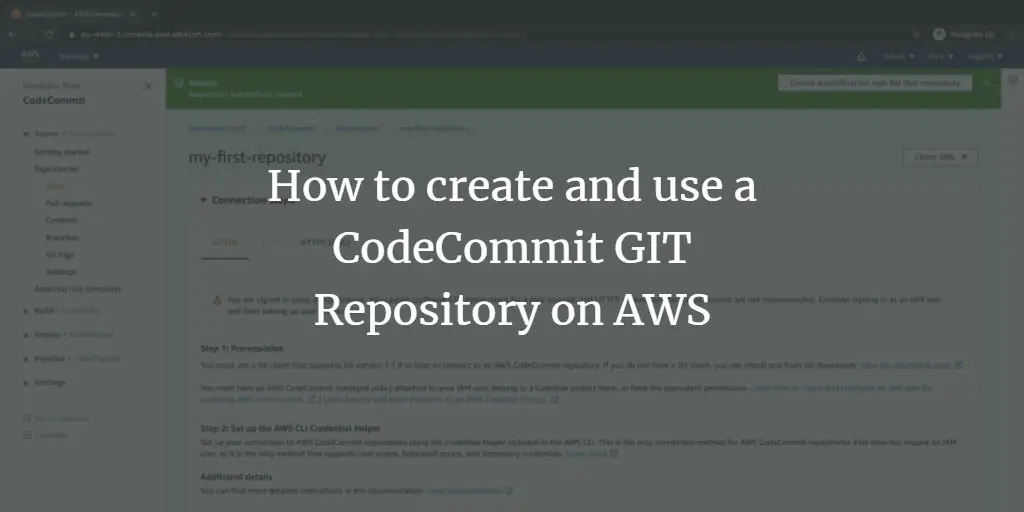Articles by Rahul Shivalkar
-
Create and Store Secrets like Passwords, OAuth Tokens, and SSH Keys in Kubernetes
Author: Rahul Shivalkar • Tags: cloud, linux, virtualization • Comments: 0In Kubernetes, we can store and manage sensitive information, such as passwords, OAuth tokens, and ssh keys using Kubernetes Secrets. In this article, we will create secrets using .yml file and access them in the Pod as Environment Variables.
-
How to Deploy a Multi-Tier Application with Kubernetes
Author: Rahul Shivalkar • Tags: cloud, linux • Comments: 2A multi-tier application is an application distributed among more than one layer. It logically separates the operational layers. The number of layers varies with business and application requirements. In this article, we will see an application divided into 2 layers, backend and frontend layer.
-
How to use S3 Storage Lens to view storage usage and activity metrics of S3 Bucket on AWS
Author: Rahul Shivalkar • Tags: cloud • Comments: 0AWS S3 Storage Lens gives visibility into object storage usage, activity trends. It gives recommendations to improve cost-efficiency, also it applies data protection best practices. It is the first analytics service that provides a single view of object storage usage and activity across hundreds and thousands of accounts in an organization.
-
-
Manage operations on S3 Bucket using aws-cli from the EC2 instance
Author: Rahul Shivalkar • Tags: cloud • Comments: 0In this article, we will see the steps and commands to create an S3 bucket from the command line and perform basic operations on it like copy files, sync files, etc.
-
How to add a replication rule to an S3 bucket
Author: Rahul Shivalkar • Tags: cloud • Comments: 0Replication is the auto-coping of S3 objects from one S3 Bucket to another S3 Bucket in the same region or in a different AWS region. In this article, I will show you the steps to create a replication rule to copy objects to/from the existing buckets.
-
How to store credentials on AWS using Parameter Store
Author: Rahul Shivalkar • Tags: cloud • Comments: 0In this article, we will create a parameter and store configuration data in it of type SecureString. We will also modify the parameter and see how it maintains multiple versions.
-
How to create and store secrets using Secret Manager in AWS
Author: Rahul Shivalkar • Tags: cloud • Comments: 0Application secrets or credentials can be stored using the AWS Secret Manager securely. Secrets can be rotated, managed, and retrieved throughout their lifecycle using AWS Secret Manager.
-
How to take and restore a snapshot on AWS RDS MySQL Instance
Author: Rahul Shivalkar • Tags: cloud • Comments: 0In this article, we will see the steps to create a snapshot of the existing RDS MySql Instance. Then we will see the steps to restore the snapshot which creates a new RDS Instance. At last, we will clean up the instances and snapshots.
-
How to create and use a CodeCommit GIT Repository on AWS
Author: Rahul Shivalkar • Tags: cloud, programming • Comments: 0CodeCommit hosts Git-based repositories and is a fully managed service by AWS. Teams can use it to collaborate on code in a secure and highly scalable way. It helps us to eliminate the need of having our own self-hosted Source Code Management (SCM) system and manage it on our own.
-
How to setup Elasticsearch cluster with 3 Nodes on Ubuntu
 Author: Rahul Shivalkar •
Tags: •
Comments: 0
Author: Rahul Shivalkar •
Tags: •
Comments: 0 Elasticsearch is a no-sql database. It is the distributed search and analytics engine, real-time search and analytics for all types of data. Elasticsearch can efficiently store any type of data be it structured or unstructured text, numerical data and index it in a way that supports fast searches.

